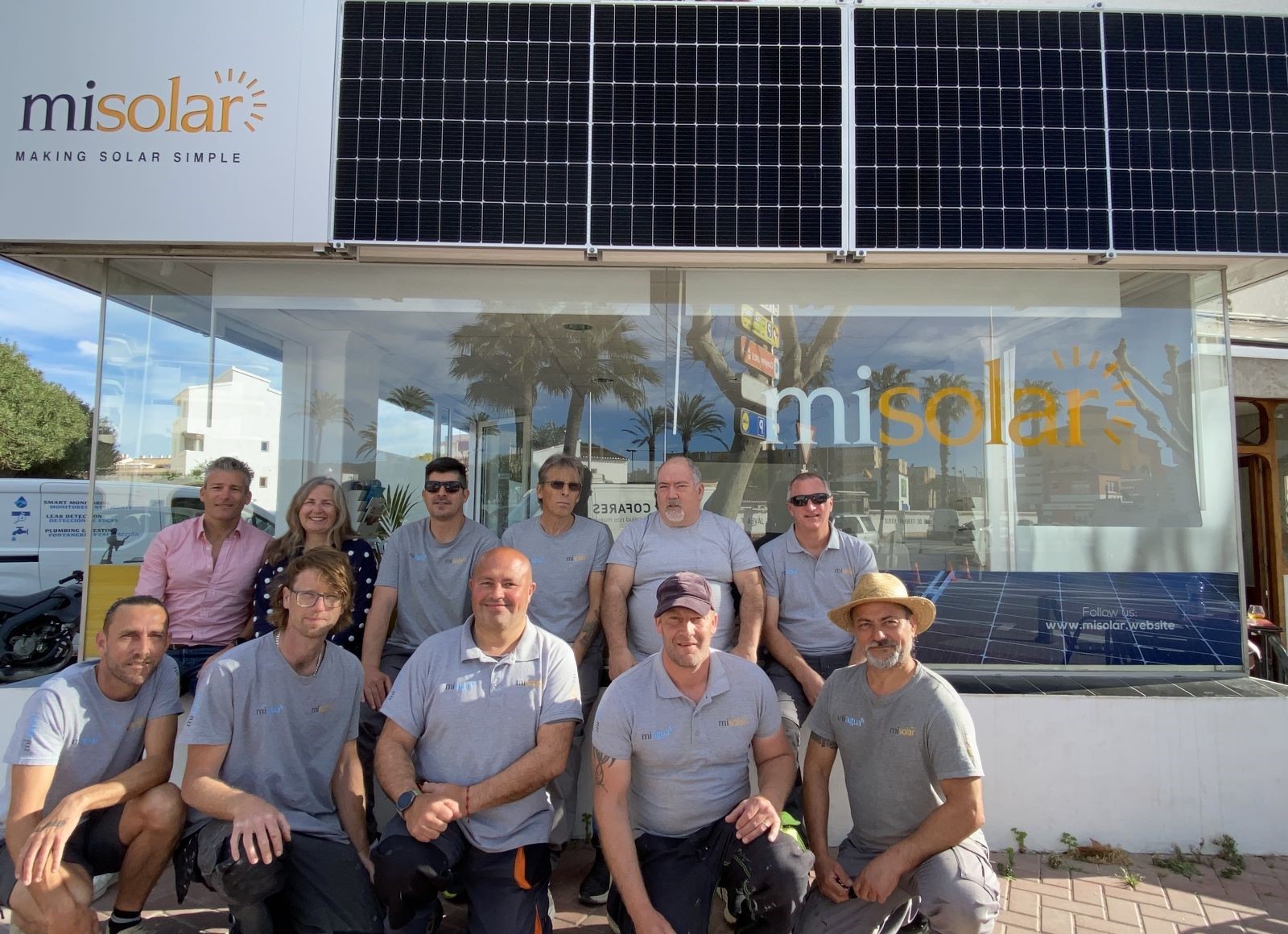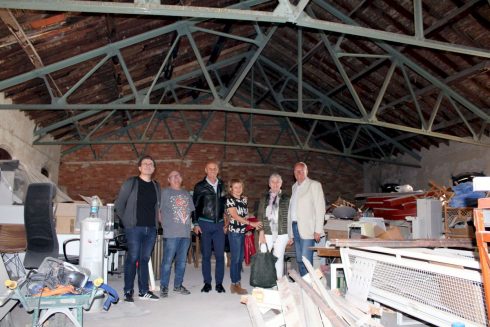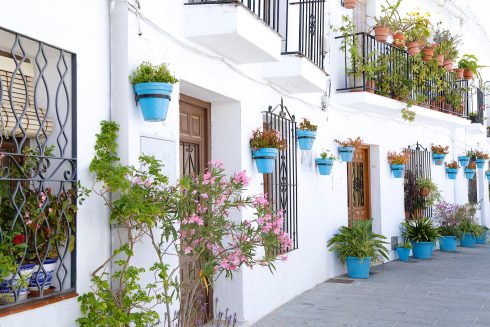SOLAR energy has been gaining popularity as an affordable and sustainable alternative to traditional electricity sources. But if you’re considering going solar, you may have some questions about how it works, how much it costs, and what benefits you can expect.
In this article, we’ll answer the top 10 questions people have about solar power, based on our expertise and experience in the industry.
Whether you’re a homeowner, a business owner, or just curious about solar energy, read on to learn everything you need to know before making the switch to solar.
- Where to start? How do I know what size system I need?
Where possible, we like to start by looking at an electricity bill where we can see the last 12 month usage, combined with a discussion with you about your past and future energy needs. If a previous bill is not available or relevant, then we will use our experience and expertise during the survey process to provide the best recommendation to you.
- What are the parts of a solar panel system?
- Solar panels: These are the main components of the system that capture the sun’s energy and convert it into electricity.
- Inverter: This device converts the DC electricity generated by the solar panels into AC electricity that can be used in your home or business.
- Monitoring system (ENERGY METER): This allows you to track the performance of your solar panel system and monitor the amount of energy it generates.
- Batteries (optional): If you want to store the energy generated by your solar panels for later use, you can install a battery bank to store the energy.
- How many watts does a panel produce?
The new generation of panels produces between 450w and 550w. We mostly use 550w panels to produce more energy, using less space, which makes future expansion possible.
- Do I need solar panels for the hot water or the pool pump?
The new solar panel systems supply the house with energy for everything that uses electricity, such as the hot water cylinder, the pool pump, the air conditioning, or electric heating.
- How does a feed in tariff work?
The system does this automatically. There is a device called an energy meter that controls the energy flow in the installation. For example, if the system is producing 5 kW and the house needs 3 kW, it takes 3 kW to cover the consumption of the house and sends the other two to the grid. Conversely, if it produces 2 KW and the house needs 5 KW, the system consumes the 2 KW and imports the other 3 KW from the grid.
- Does the electricity company pay me for the energy I produce and do not use?
Yes. Electricity companies offer a program called “net metering” or “feed-in tariff” which allows homeowners or businesses with solar panels to sell excess energy back to the grid. Under these programs, if you produce more energy than you use, the excess energy is sent back to the grid and you receive credit from your electricity company for the energy you produce.
- Can my electricity bill go to 0€ including fixed costs?
Yes, we work with a few electricity companies that use a mechanism called ‘virtual battery’. It is a kind of virtual wallet that accumulates credit from the sale of surpluses. At the end of the month, if we have 100€ and the bill is 60€, 60€ of the credit will be used to cover the total bill and we will have 40€ left for the following month.
- How long does it take to recover the investment on solar panels?
The time it takes to recover the investment on solar panels depends on various factors such as the cost of installation, energy usage, and government incentives. Generally, when we scale a system for our clients, their return on investment is between 4 and 5 years. That’s not counting grants or surplus sales, which would make that return on investment even faster.
- Are batteries needed?
Not necessarily. You can start with a system without batteries. Once installed, we can analyse the data, look at the production and consumption, and as the system is easily expandable, you can add batteries later if necessary. Normally, the feed in tariffs from the electricity company covers a large part of the night-time usage.
- What are the subsidies in Spain for solar installations?
Normally, each town hall offers a discount on the IBI.
Then, there are the subsidies from the European funds that offer 600€ per KW installed for panels and 400€ per KW for batteries.
If you’re interested in going solar after reading this article, we have a special offer for Olive Press readers like you. Simply use the coupon code ‘OLIVE 10’ when you contact us for a solar consultation, and you’ll receive a free survey of your property’s solar potential, plus a direct discount of 250€ off your solar installation.
This offer is available for a limited time, so don’t wait to make the switch to solar and start enjoying the benefits of clean energy for your home or business.
For more information visit: https://misolar.website/
Or get in touch by phone: +34 611 212 289 or email: info@misolar.website
Click here to read more Environment News from The Olive Press.








